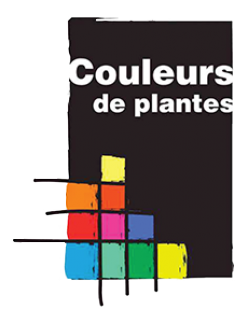Indicative colour
yellow
Product available in catalog

Plant extract (ref C19)
Scientific name: Chlorophora tinctoria (L.) Gaudich ou Maclura tinctoria L.
French name: Mûrier des teinturiers, Morus, Vieux Fustet, bois Yellow
English name: Old fustic
Botanical origin: Central America
Crop production: Central America
Part of plant used: wood
Nomenclature
N° CAS: [85408-56-6]
N° EINECS/ EC: 287-017-9
INCI name: Chlorophora tinctoria wood extract
CI: 75240 / 75660 Natural yellow 11 (Maclurine / Morine)
Documents available
- Analysis report
- Technical specifications
- Material Safety Data Sheet
- Raw material information data sheet
Historical importance
Old fustic wood was introduced to Europe by the Spanish colonizers. Its name Old Tustet or Palo fustete was given by comparison with the European fustic (Cotinus coggyria L. – no botanical relationship). If the European fustic has been known since the 5th century BC, old fustic appeared in Europe around 1510. This wood contains a lot of morin, yellow dye molecule discovered by Chevreul. This wood has assumed considerable importance in Europe for dyeing wool yellow and orange. Around years 1830, nearly 12 000 tonnes arrived each year in the English ports. In 1916, the United States still imported 16 000 tonnes. This wood is still used for leather dyeing.
Phytochemistry
The wood Mulberry contains yellows dyes from flavonoids family: the morin and the kaempferol and a yellow dye from the benzophenones’ family: the maclurin.
Crop production – Manufacturing
The wood collect and dye extract are made in Central America.

 Online shop
Online shop Private space
Private space Recherche
Recherche Request
Request